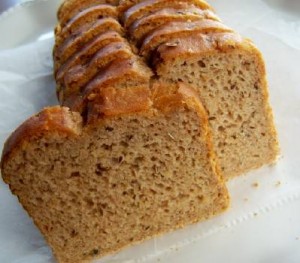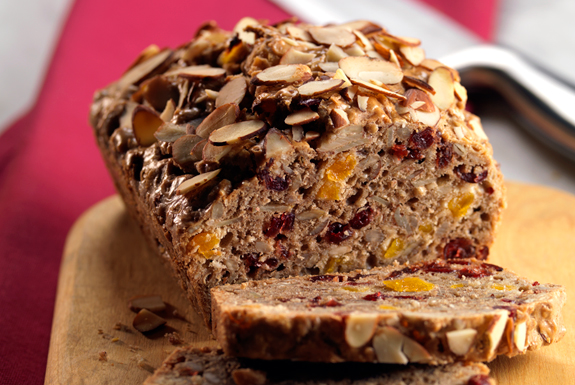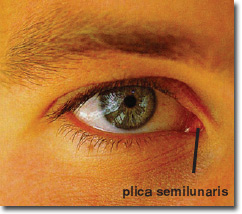Gluten-free food and bread is a must for gluten sensitivity and celiac disease patients. But it’s very expensive to buy it every day and products are limited to big markets only so it’s very hard to find them in small cities. Baking bread without gluten is very hard in home but it’s possible. Also today it’s possible to find gluten-free flours in little markets too or you can order them from online markets. Baking gluten-free breads are also giving you a chance to add more protein and similar important pieces to bread. How many tips are there to bake best gluten-free bread?
One of the most important things while baking gluten-free bread is room temperature. It’s a common problem that gluten-free flours must be kept in refrigerator or deep freeze but yeast must be kept in room temperature. When they are mixed without taking them into close room temperature, yeasts will not feature or feature very slow for leaven bread. You can leave all products in a bowl in room temperature one night before baking bread. Gluten-free flours may stay for one night. Also preparing egg and milk at least 2 hours before creating mixture is very important.
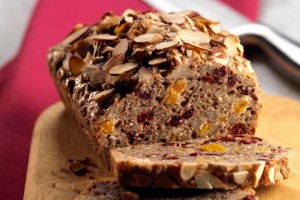
While choosing gluten-free flour, try to find products with high protein. You have a chance to use high protein gluten-free flours for your bread. They will not change the taste and will give standard bread like taste to your high protein floured bread. You can search items like Sorghum, teff and gluten-free oatmeal in products and all of them have more protein than rice flour.
If you have problems on leaven the bread, search for “egg” added recipes. Egg is one of the most common leavener for bread. Egg also works for boost the rise.
If you have problems on adding water or it’s making gas problems after eating gluten-free bread, you can use gluten-free beer or carbonated water. Carbon dioxide bubbles in this products will help to promote volume of bread. Also they have higher proteins than water.
Powdered ascorbic acid helps to increase life of gluten-free breads. It’s possible to find them in bakeries and food stores and powdered ascorbic acid has not any danger for life. Some bakeries use it as a natural preservative. Also it helps your breads to get more volume.
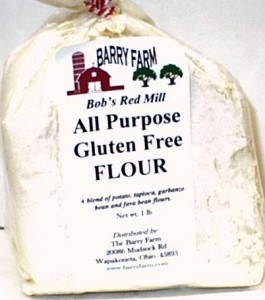
Moisture problems are very common in gluten-free breads. Housewives work hard to find a solution to this problem and at last gluten-free expert Connie Sarros wrote in her book “Wheat-Free, Gluten-Free Reduced-Calorie Cookbook” that adding 1 tablespoon of mayonnaise to gluten-free bread mixture is enough for moisture problems.
Olive oil’s taste is not the best one in the world but if you use it in the right place, it changes all taste to good. Adding lite or full flavor oil to gluten-free bread mixture is a perfect to extend life of bread, giving it moisture and a good tender texture.
Finding the best temperature to cook your gluten-free bread mixture is also very important. It’s possible to see that nearly all gluten-free bread recipes offer 206 degrees F but it’s not a rule. Everyone loves different moisture and dry levels on her bread. So try to find the best oven temperature for you and your gluten-free dieting family members.
Don’t forget that gluten-free bread recipes need an up level of everything in standard bread recipe. So try to stick on gluten-free bread recipe and add more water into it. Also you can add some little brown sugar to all gluten-free bread recipes to bake some delicious gluten-free cakes.
